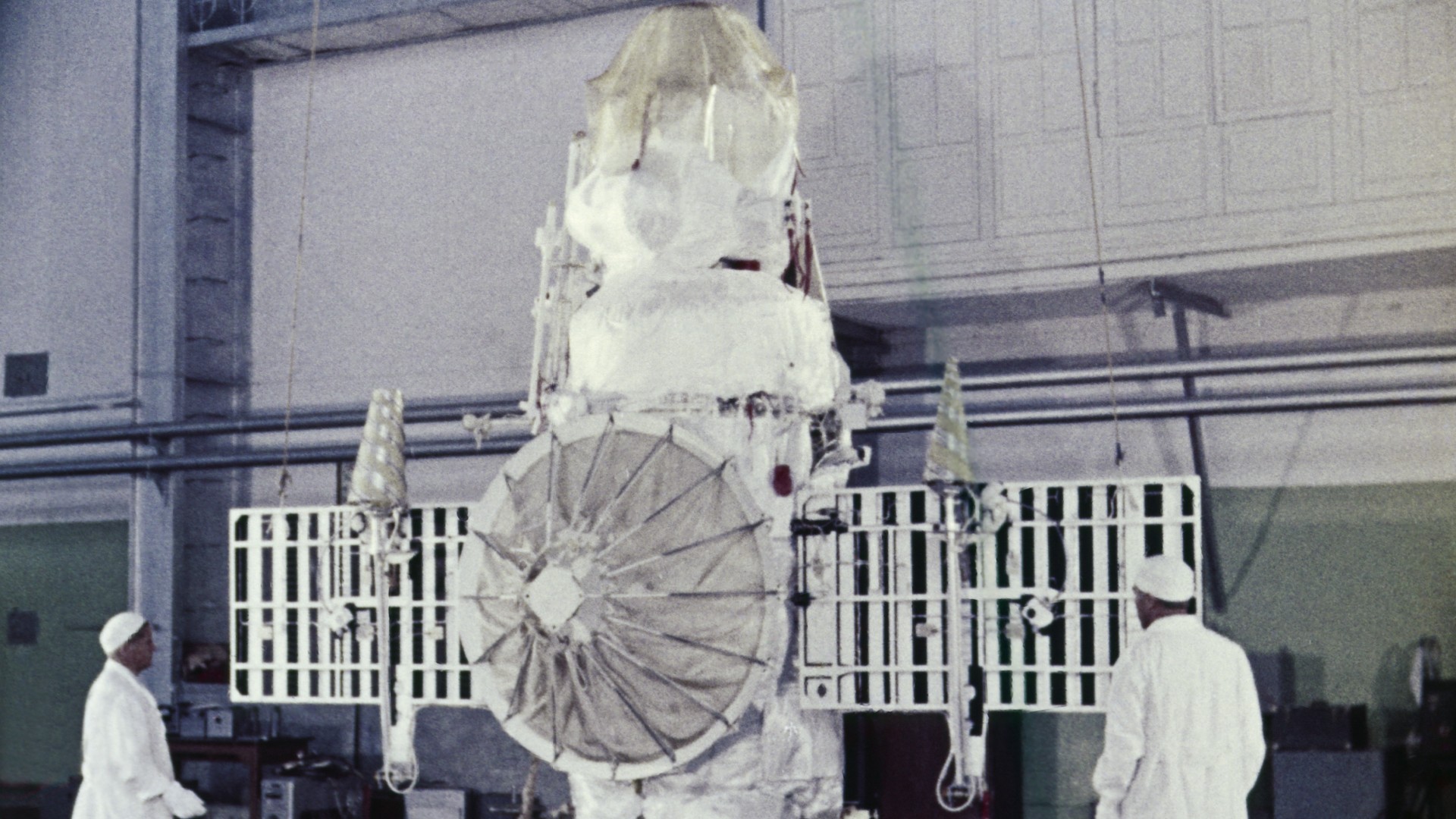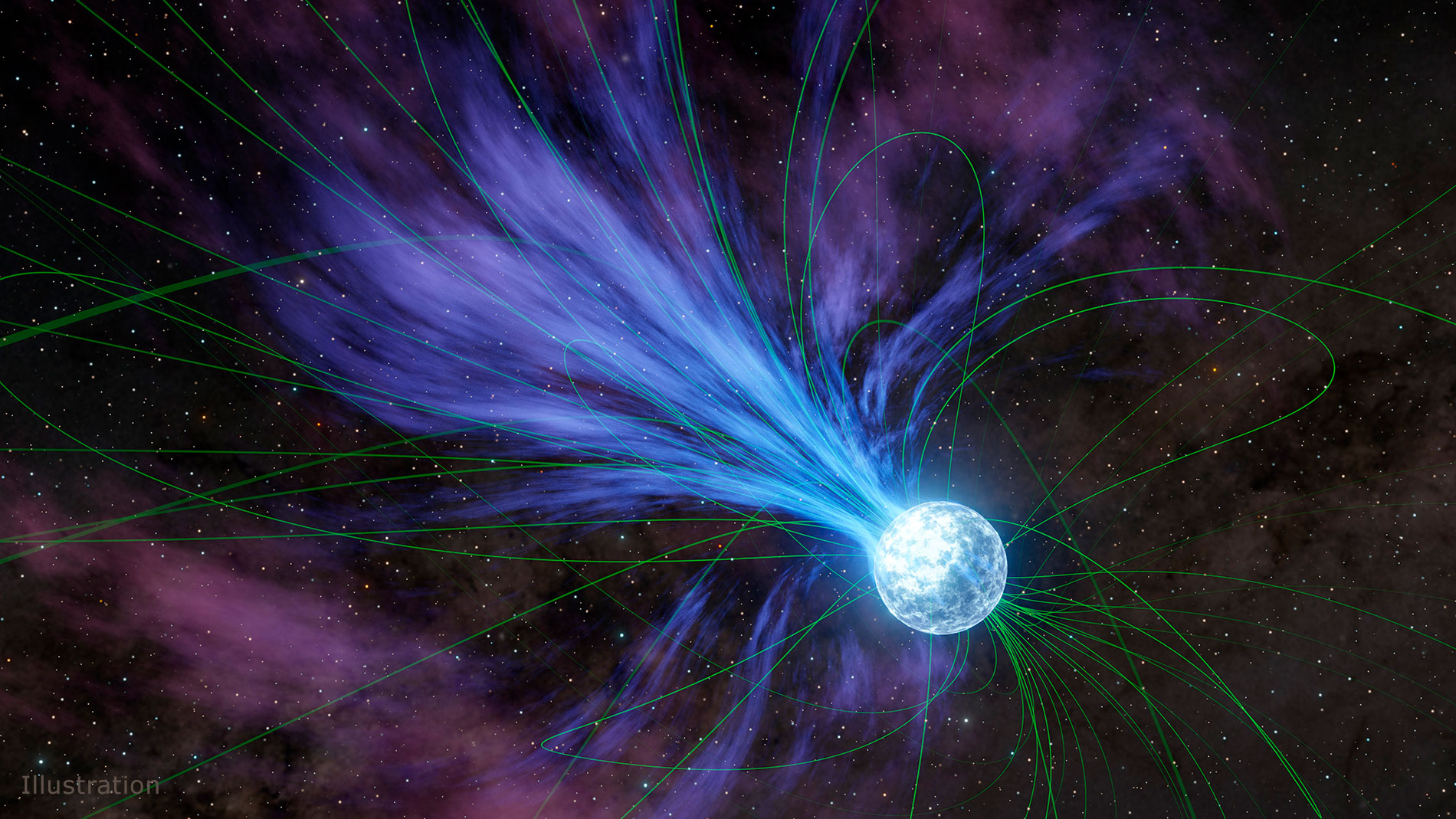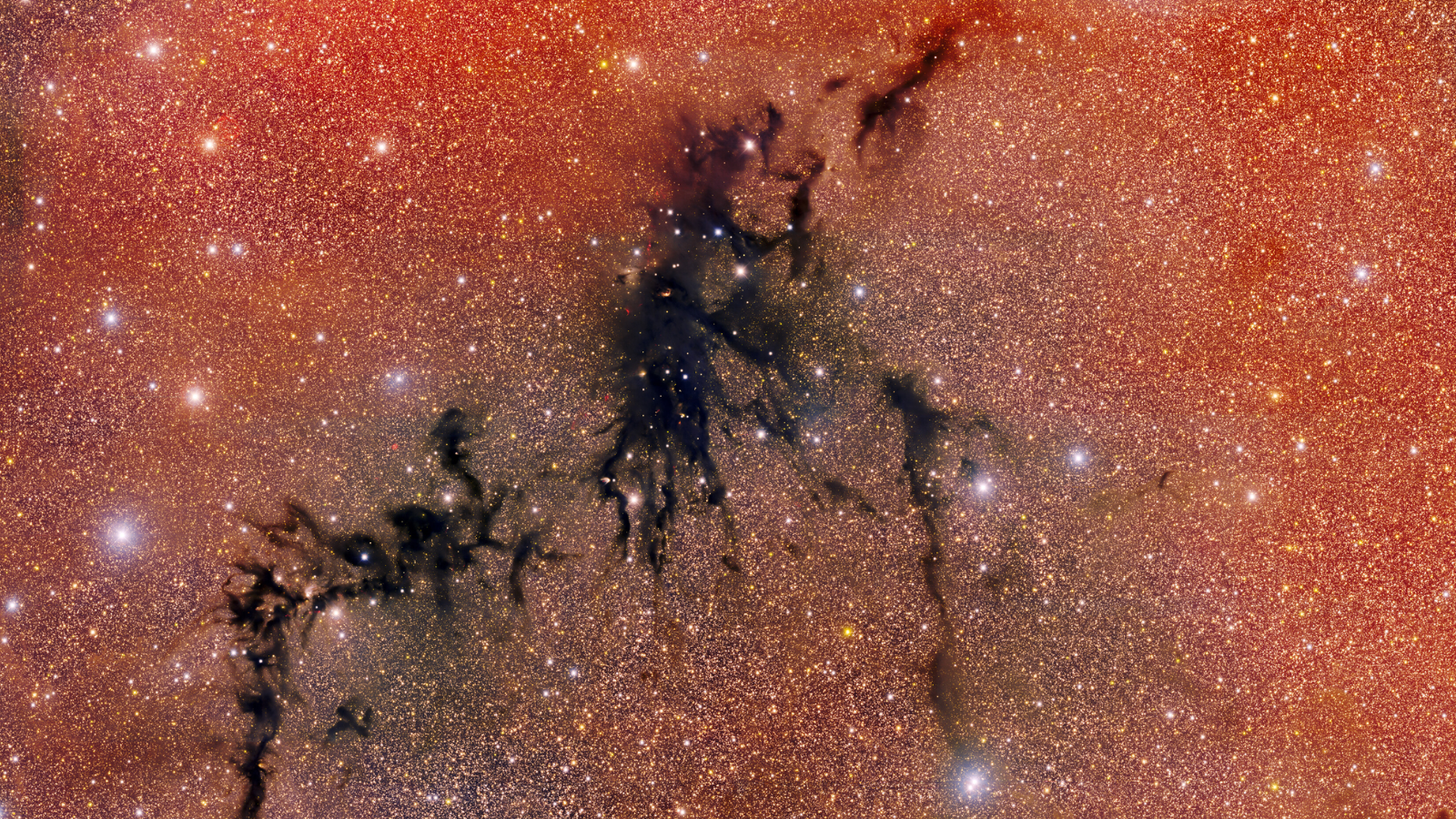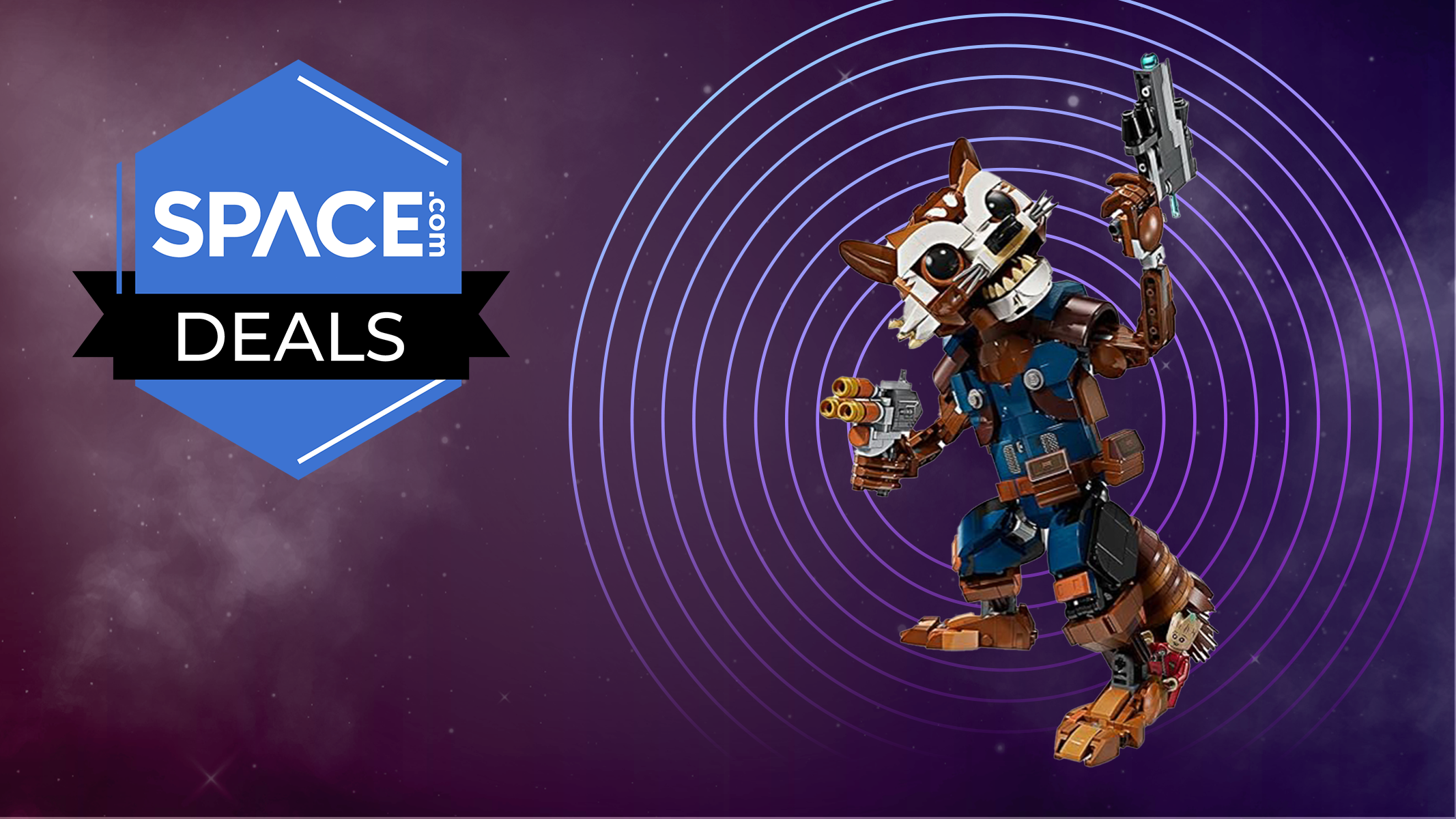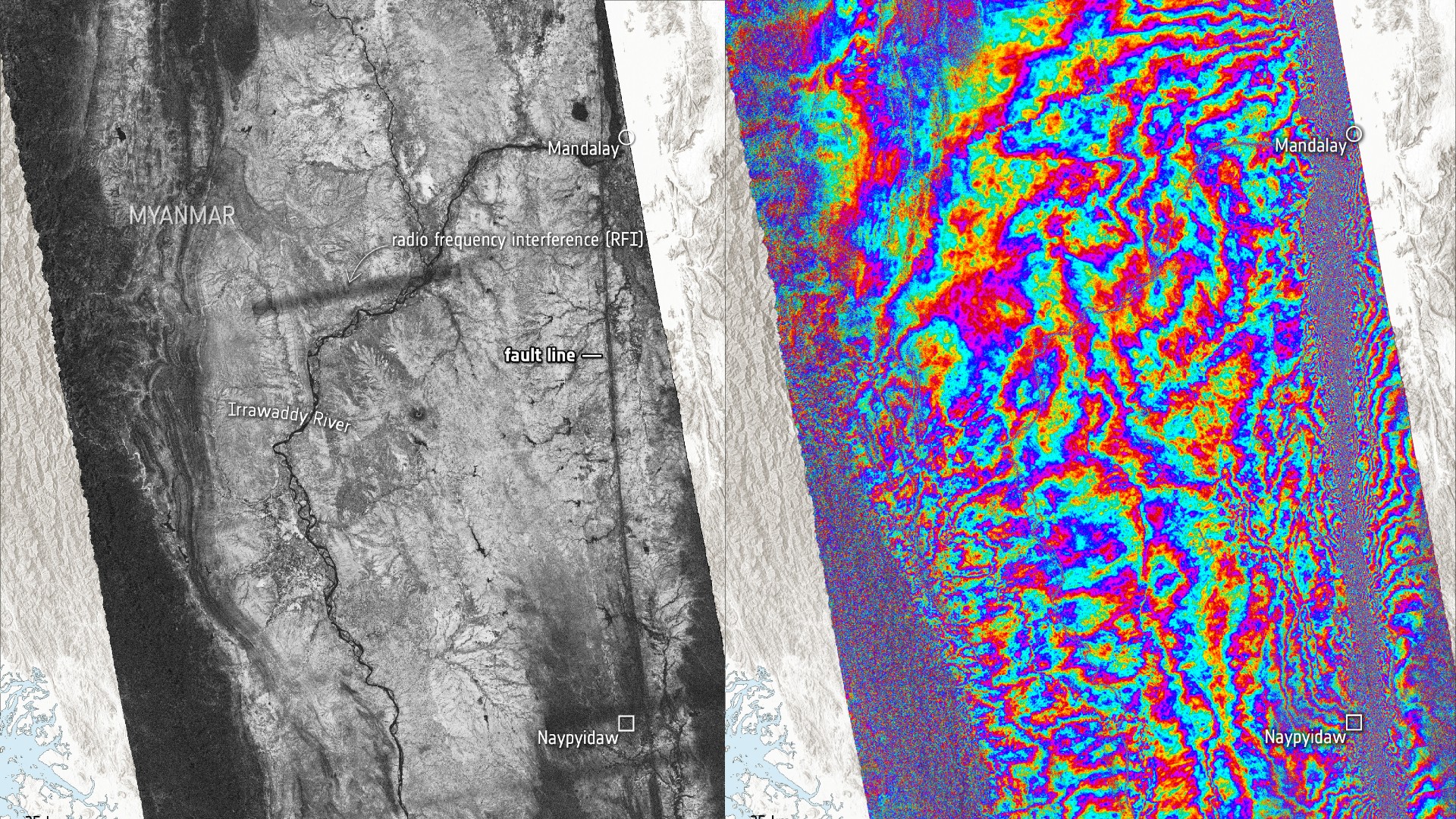Sending Mars Rovers on a 'Walkabout' Could Boost Their Science Output
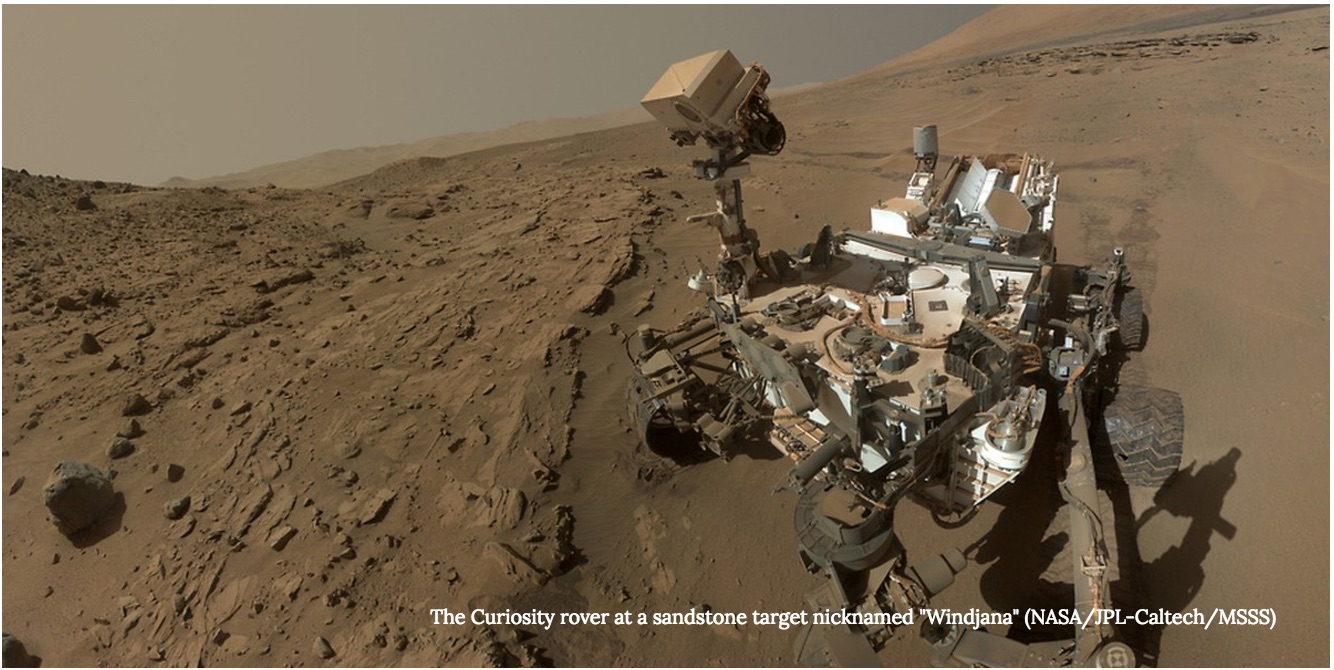
Martian rovers have the incredible advantage of exploring another planet, but the incredible disadvantage of being limited by time.
A typical geology expedition on Earth would have a team doing an overall survey of an area before deciding on a specific area of study. On Mars, however, while scientists do their best ahead of time to study orbital observations of a rover's study area, for the most part, rovers travel from spot to spot (that look interesting from a distance) without the luxury of having a team to survey the area ahead of time.
It should be emphasized that the NASA's Mars Exploration Rovers Spirit and Opportunity, and the Mars Science Laboratory Curiosity have returned an incredible amount of science this way. Also, the general concept of the research area does become clear as the rover drives further. However, when it comes to looking for a specific features such as biosignatures — one of the stated goals of NASA's Mars 2020 rover — it's possible that an extra tour around the site could make searching for the signatures more efficient.
RELATED: NASA Watchdog Warns Mars 2020 Rover Could Miss Its Launch Date
So, geologists recently published a study in the journal Acta Astronautica discussing what could be achieved if the rovers did a survey, or overview, before carrying out focused science operations.
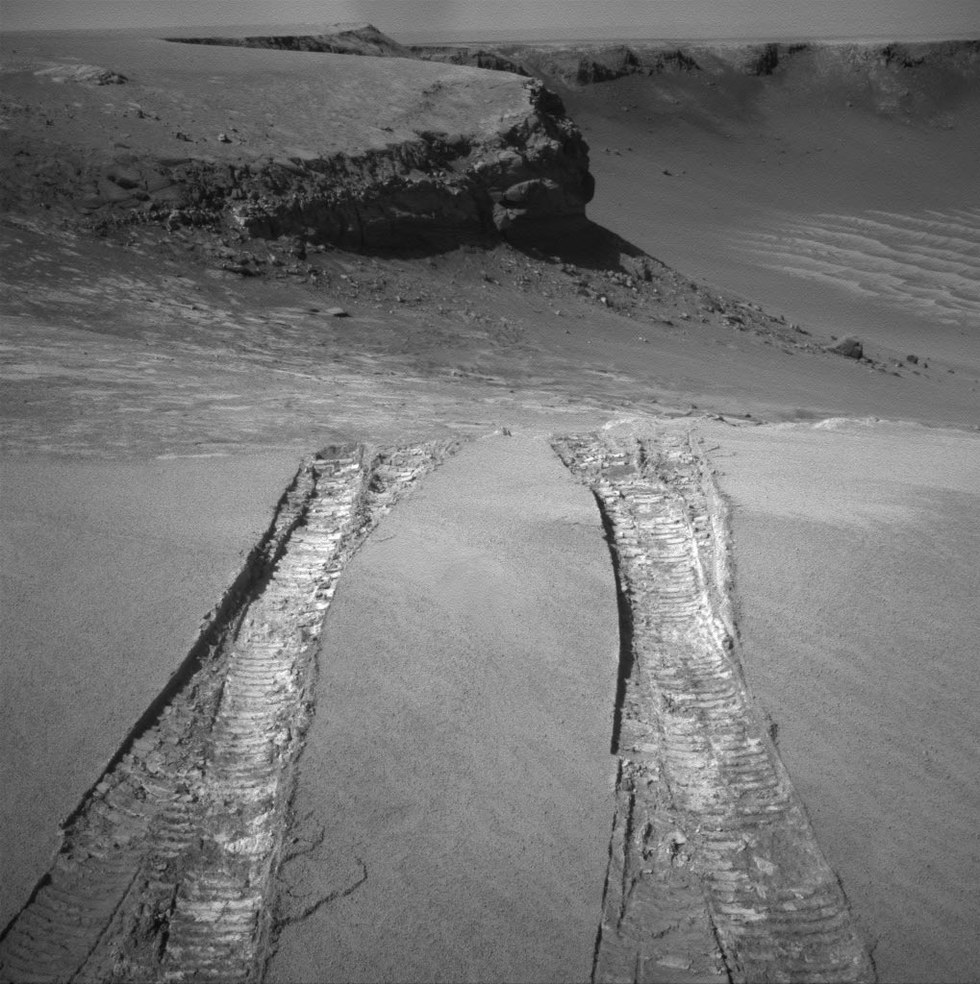
As a veteran of the NASA rover teams, Aileen Yingst said the overview method has only been done a handful of times, such as when Curiosity explored Pahrump Hills in 2014. The Opportunity rover, which as been exploring Mars since 2004, has also done it once.
"The idea is that we want to get the most bang for our buck," Yingst, a senior scientist at the Planetary Science Institute, told Seeker. "When we are on Mars and we have expensive and very complex, important resources that are doing our geology work, we want to make sure as scientists we are making the best decisions."
Get the Space.com Newsletter
Breaking space news, the latest updates on rocket launches, skywatching events and more!
The study took place near a unit of sedimentary rock south of Green River, Utah. (Green River is roughly three hours southeast of Salt Lake City.) Two human "rovers" were commanded to do observations of the unit, just following the instructions sent from a simulated mission control.
RELATED: Mars Rover Curiosity Can Now Fire Laser by Itself
They moved ahead a few feet at time, just as a rover would when commanded remotely. One rover did an overview walk first and then returned to do science, while the other went from target to target. In this initial test, what the team found is that the walkabout provides context, and allows the team to pass by sites that initially looked interesting in orbital pictures, but proved not to look so unique up close. For example, a clay signature seen from orbit could just be stuff weathered off the top of rocks, Yingst said.
"That means that you know going in the second time around how important or not a site might be, because you have the whole picture in your head," she said. The research found that when looking at an area where many close sites are candidates for in-depth studies, the walkabout method likely saves time and increases science return.
Yingst has another paper in the works that explores what happens if three competing teams go to the same site — a walkabout team, a target to target team, and a team of geologists surveying the site using traditional geological methods. The results are still being analyzed, but are expected to be released later this year.
WATCH VIDEO: Here's Why We Can't Live Stream From Mars
Originally published on Seeker.
Join our Space Forums to keep talking space on the latest missions, night sky and more! And if you have a news tip, correction or comment, let us know at: community@space.com.

Elizabeth Howell (she/her), Ph.D., was a staff writer in the spaceflight channel between 2022 and 2024 specializing in Canadian space news. She was contributing writer for Space.com for 10 years from 2012 to 2024. Elizabeth's reporting includes multiple exclusives with the White House, leading world coverage about a lost-and-found space tomato on the International Space Station, witnessing five human spaceflight launches on two continents, flying parabolic, working inside a spacesuit, and participating in a simulated Mars mission. Her latest book, "Why Am I Taller?" (ECW Press, 2022) is co-written with astronaut Dave Williams.




